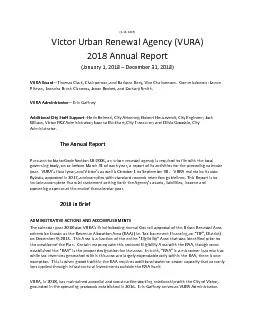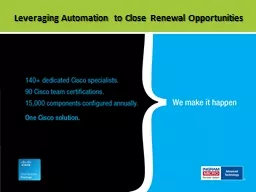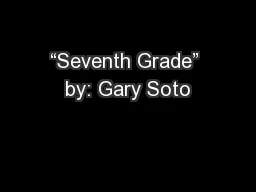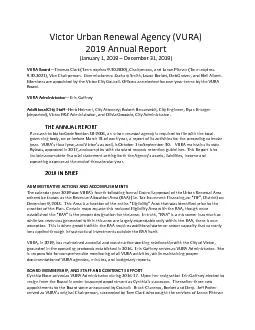PDF-Victor Urban Renewal Agency
Author : deborah | Published Date : 2021-06-19
2152019 VURA 201 8 Annual Report January 1 201 8 December 31 201 8 VURA Board T homas Clark Chairperson and Barbara Dery Vice Chairperson Commissioners Lance
Presentation Embed Code
Download Presentation
Download Presentation The PPT/PDF document "Victor Urban Renewal Agency" is the property of its rightful owner. Permission is granted to download and print the materials on this website for personal, non-commercial use only, and to display it on your personal computer provided you do not modify the materials and that you retain all copyright notices contained in the materials. By downloading content from our website, you accept the terms of this agreement.
Victor Urban Renewal Agency: Transcript
Download Rules Of Document
"Victor Urban Renewal Agency"The content belongs to its owner. You may download and print it for personal use, without modification, and keep all copyright notices. By downloading, you agree to these terms.
Related Documents














